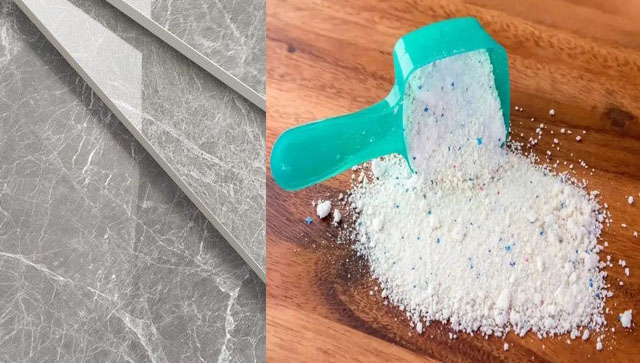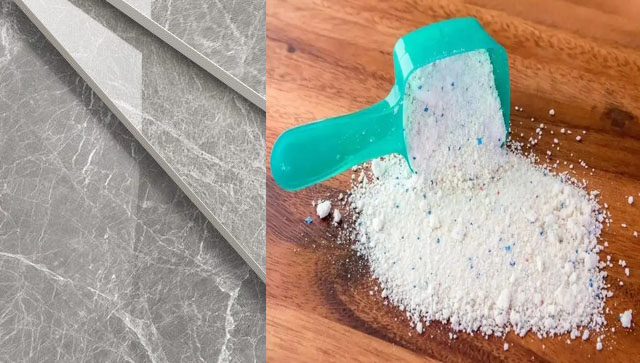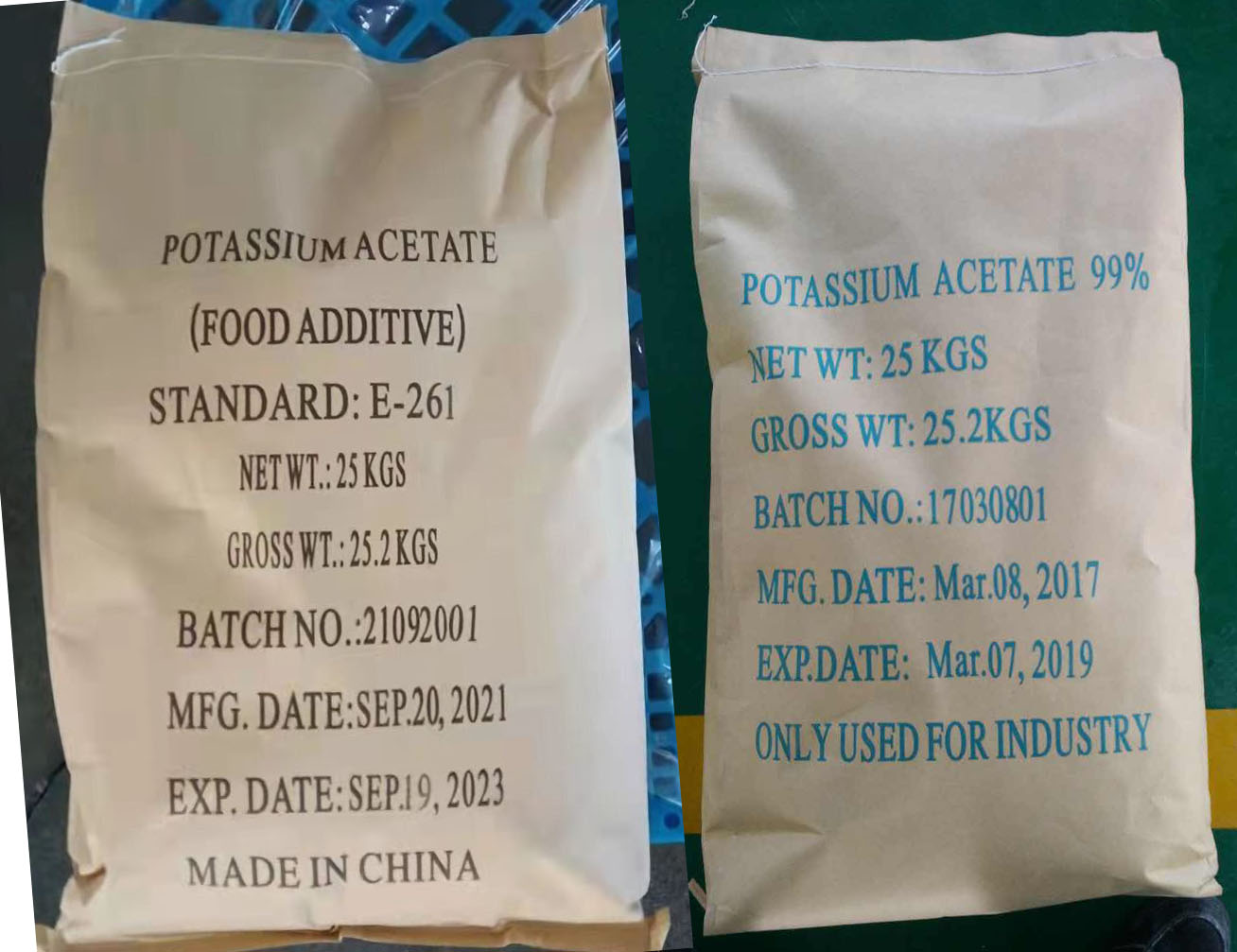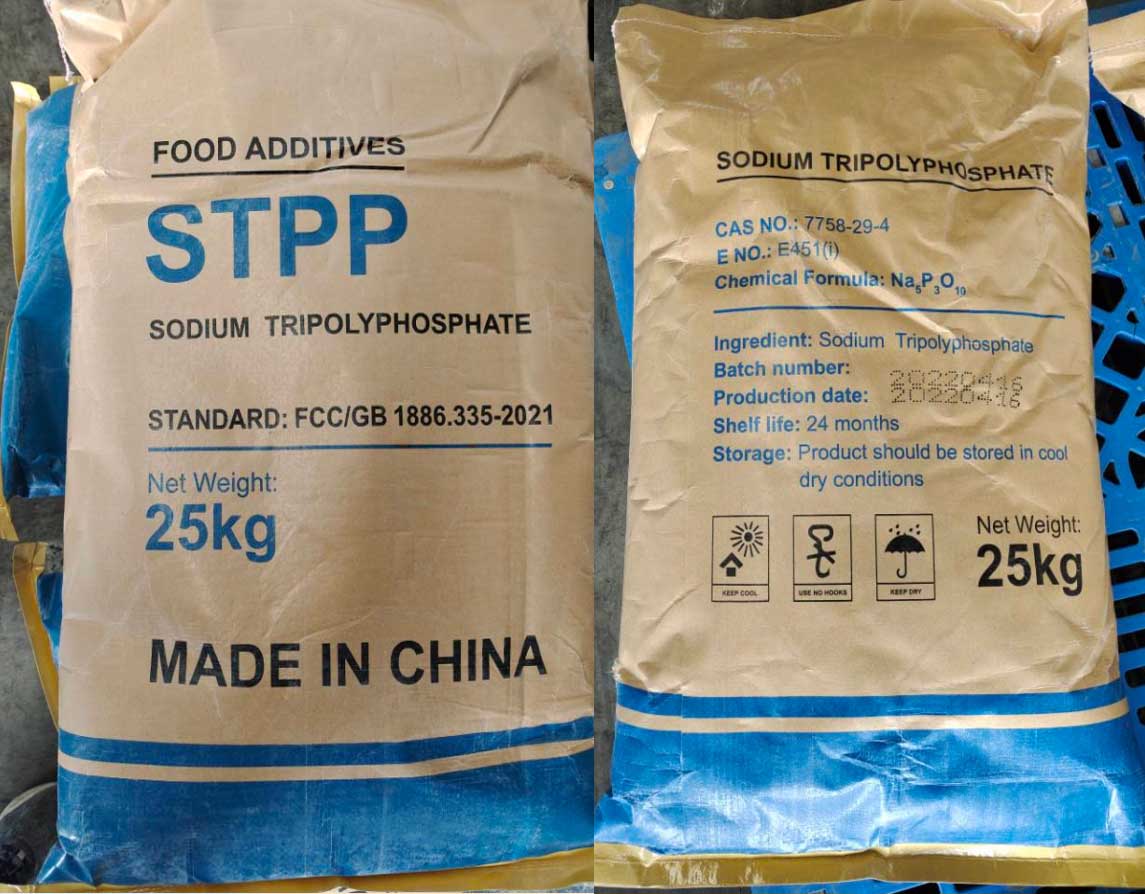Introduction
Sodium Tripolyphosphate (STPP) is a widely used dispersant and deflocculant in ceramic tile production. It plays a crucial role in optimizing the properties of ceramic slurry, improving workability, and enhancing the final quality of ceramic products.
Usage of STPP in Ceramic Production
Dispersant and Deflocculant: STPP helps disperse ceramic particles uniformly in the slurry, reducing viscosity and improving fluidity.
Water Reduction: It lowers the water demand in ceramic slip, reducing drying time and energy consumption.
Prevention of Hard Sedimentation: STPP prevents the solid particles from settling at the bottom of storage tanks.
Improvement of Mechanical Properties: It enhances the strength and smoothness of the final ceramic product.
Enhanced Glaze Stability: STPP is also used in ceramic glazes to improve stability and consistency.
Working Principles of STPP in Ceramics
STPP works by dispersing clay and other solid particles through electrostatic repulsion. When added to the ceramic slip, STPP ionizes into sodium and phosphate ions. The phosphate ions adsorb onto the surface of ceramic particles, creating a negative charge that prevents agglomeration and promotes a stable suspension. This action reduces viscosity, making the slip easier to pump and process while ensuring uniformity in ceramic formation.
Dosage of STPP in Ceramic Production
The optimal dosage of STPP depends on the specific composition of the ceramic body and slip properties. Generally, the recommended dosage is:
Ceramic Body Slip: 0.1%–0.5% of the dry weight of raw materials
Glaze Preparation: 0.05%–0.2% of the total glaze formulation
Excessive use of STPP can lead to over-dispersion, causing defects such as cracks or reduced green strength.
Other Materials in Ceramic Tile Production
The key raw materials used in ceramic tile manufacturing include:
| Material | Function | Typical Dosage (%) |
|---|---|---|
| Clay & Kaolin | Provides plasticity and structure | 30%–50% |
| Feldspar | Acts as a flux to lower sintering temperature | 10%–25% |
| Quartz (Silica) | Enhances hardness and strength | 15%–30% |
| Calcium Carbonate | Reduces shrinkage and enhances whiteness | 5%–15% |
| Sodium Tripolyphosphate (STPP) | Dispersant, reduces viscosity, and improves workability | 0.1%–0.5% |
| Binders (CMC, PVA) | Improves green strength and binding properties | 0.2%–1.0% |
| Other Additives | Colorants, deflocculants, or special property enhancers | Variable |
Conclusion
Sodium Tripolyphosphate (STPP) plays a vital role in ceramic production, particularly in optimizing the slip and glaze formulations. By acting as a dispersant and deflocculant, STPP improves processing efficiency, enhances final product quality, and reduces production costs. However, careful dosage control is necessary to avoid over-dispersion and ensure the best performance in ceramic tile manufacturing.




